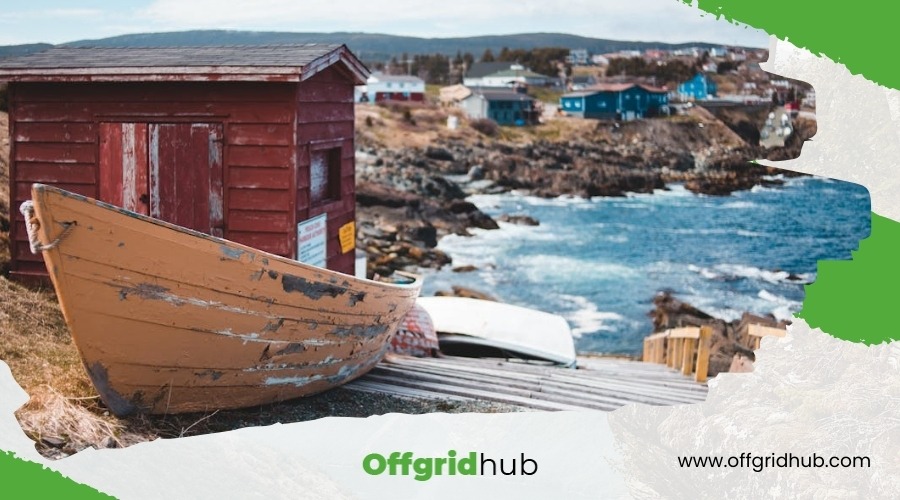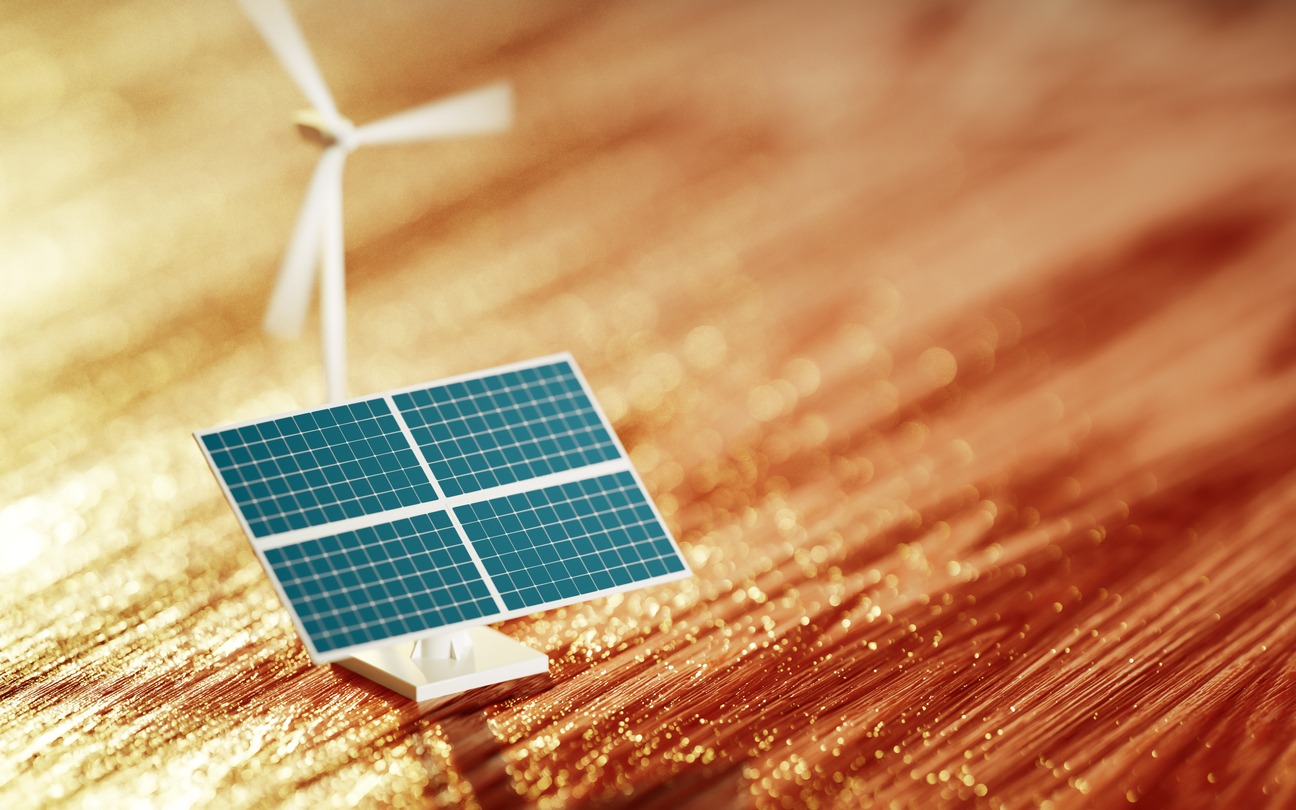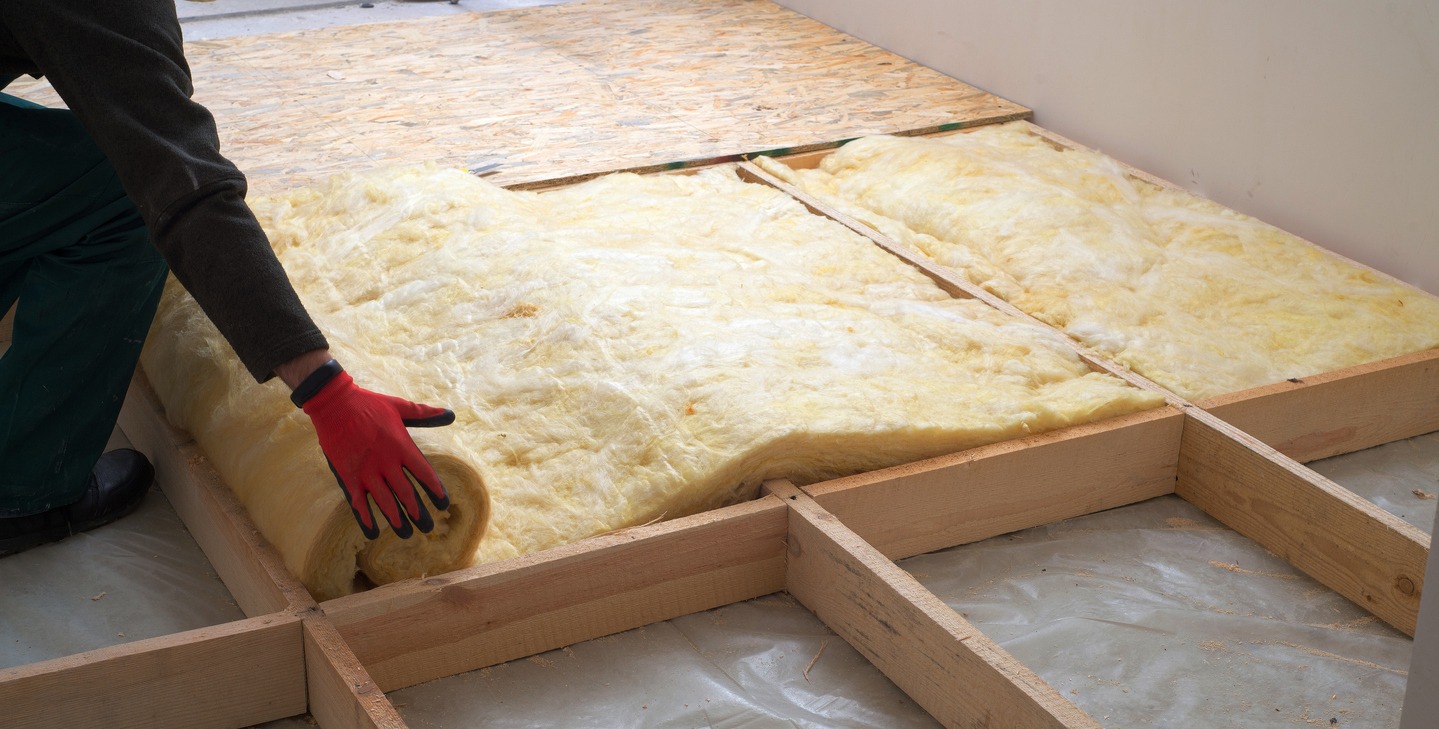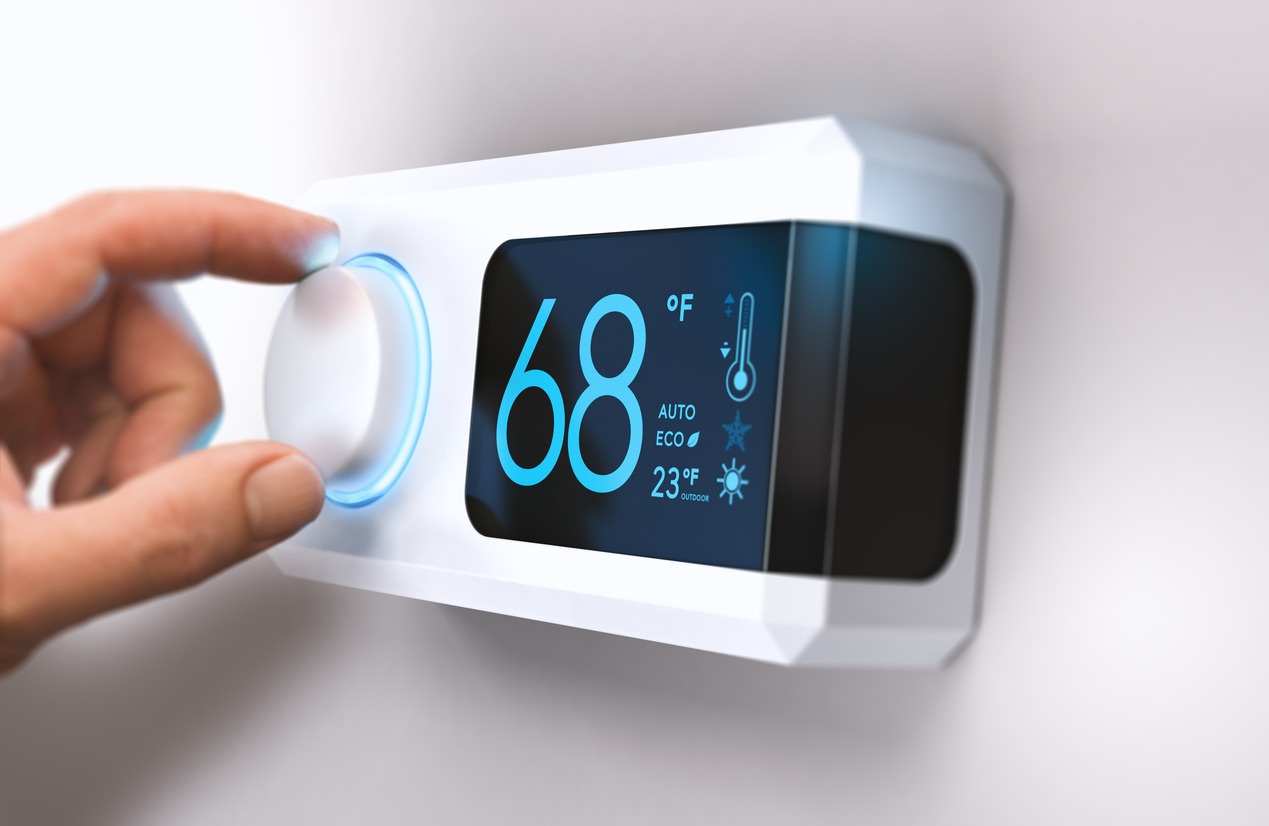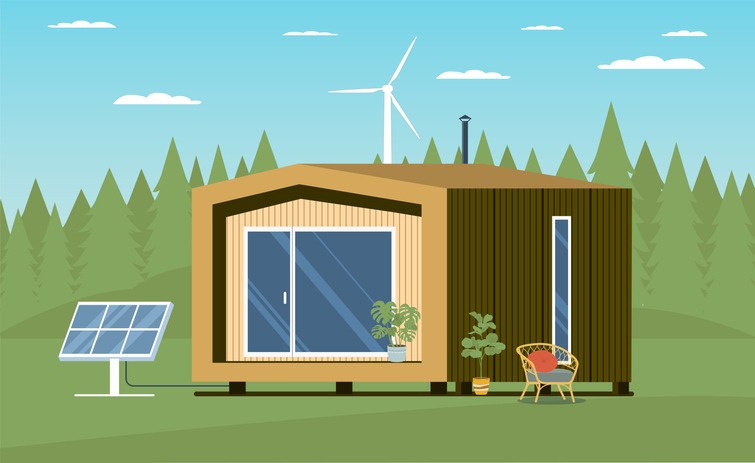Navigating the maze of power consumption in a tiny home requires a keen eye and a strategic mind. You’ll find that installing LED lights and leveraging large windows for natural light are just the tip of the iceberg.
Diving deeper, you’ll see the importance of choosing energy-efficient appliances and the game-changing potential of integrating renewable energy sources like solar panels. However, the journey doesn’t stop there.
As you explore further, you’ll uncover the significance of insulation, smart power usage, and the continuous cycle of monitoring and adjustments. It’s a path filled with potential savings and sustainability, beckoning you to discover how each choice you make impacts your tiny home’s energy footprint.
Assessing Your Energy Needs
To accurately manage your power consumption in a tiny home, you’ll need to first calculate your daily energy needs by analyzing the appliances and devices you use. Start by assessing the wattage requirements of each electronic item. This will give you a clear picture of your energy consumption on a daily basis. Remember, every little device counts, from your fridge to your phone charger.
Next, evaluate your lighting preferences and usage patterns. Opt for energy-efficient options that meet your needs without overburdening your system. Also, consider the impact of your heating and cooling systems. These can be major contributors to your overall power consumption, especially in extreme weather conditions. By choosing energy-efficient models and using them judiciously, you can significantly lower your energy needs.
Maximizing Natural Light
After assessing your energy needs, it’s crucial to explore how maximizing natural light in your tiny home can significantly cut down on your electricity usage. Choosing a tiny home with large windows is a smart move to maximize natural light intake, which reduces the need for artificial lighting. This not only brightens your space but also enhances energy efficiency.
Incorporating clerestory windows can let in more sunlight, boosting the interior brightness and further reducing energy consumption. By utilizing natural light during the day, you’ll see a noticeable decrease in electricity usage, contributing to a more energy-efficient living environment.
Strategic placement of windows is key to optimizing natural light penetration in your tiny home. This creates a well-lit space without relying heavily on artificial lighting, promoting significant energy savings. Ensuring that your windows are positioned to capture optimal sunlight throughout the day can greatly reduce your dependence on artificial lighting.
This approach not only helps in creating an inviting and vibrant living space but also aligns with energy-saving goals in your tiny home, effectively reducing electricity usage and contributing to a more sustainable lifestyle.
Insulation and Sealing
Shifting focus to insulation and sealing, you’ll find that proper implementation can slash your tiny home’s heating and cooling expenses by up to 20%. This isn’t just about saving money; it’s also about embracing sustainable living by reducing your energy consumption.
By ensuring your tiny home is well-insulated—covering all bases from walls to roofs and floors—you’re taking a significant step towards energy efficiency.
This move not only keeps your indoor temperature comfortable without the need for constant adjustment but also contributes to a lower energy use overall. Quality insulation is the backbone of regulating the indoor climate in tiny homes. It minimizes the need for heating and cooling, effectively cutting down on energy waste.
With energy efficiency at the core of tiny homes, proper insulation ensures your living space maintains a consistent and regulated climate.
Energy-Efficient Appliances
Building on the foundation of insulation and sealing, consider upgrading to energy-efficient appliances as another powerful way to cut down your tiny home’s energy consumption. These appliances aren’t just about saving power; they’re about making sustainable choices that significantly reduce electricity usage and manage energy costs effectively.
By opting for Energy Star labeled appliances, you’re choosing devices that can save up to 30% on energy consumption compared to their standard counterparts. For instance, energy-efficient refrigerators use about 20% less energy. This reduction isn’t just good for the environment; it’s also kind on your utility bills.
Moreover, front-loading washing machines are a game-changer, consuming 50% less energy and water. This efficiency doesn’t stop at laundry; energy-efficient dishwashers can help you save over $40 annually on utility bills. In a tiny home, where every penny and every watt counts, these savings are invaluable.
Smart Power Usage
To further reduce your tiny home’s energy footprint, consider integrating smart power usage strategies, such as employing smart power strips and monitoring devices. These modern solutions enable you to manage your electricity consumption more efficiently, ultimately saving you money and reducing your environmental impact. By embracing smart technology, you can take a significant step towards a more sustainable lifestyle.
Here are key strategies for smart power usage in your tiny home:
- Implement smart power strips to significantly cut down on standby power consumption, preventing electronics from draining power when they’re not in use.
- Utilize energy monitoring devices to keep a close eye on your power usage, helping you pinpoint where you can make improvements.
- Choose energy-efficient appliances that have a low standby power draw, minimizing unnecessary electricity waste.
- Take advantage of smart home technology for comprehensive remote power management, allowing you to control your home’s energy use from anywhere.
- Install programmable thermostats to ensure efficient heating and cooling control, optimizing your comfort while reducing energy consumption.
Renewable Energy Sources
After exploring smart power usage, let’s now focus on how renewable energy sources can further enhance your tiny home’s sustainability. Solar panels are at the forefront of this movement, significantly cutting down your grid reliance. On average, a tiny house might need over 15 solar panels for efficient energy generation. But it’s not just about the number of panels; customization options play a crucial role too.
| Renewable Source | Benefit | Customization Option |
|---|---|---|
| Solar Panels | Reduces grid reliance | LED lighting |
| Propane Heating | More efficient than natural gas | Filtration systems |
| Tiny Home Park Models | Ideal for solar integration | Energy efficiency enhancements |
Incorporating LED lighting and advanced filtration systems not only boosts your energy efficiency but also tailors your living space to your needs. Moreover, opting for propane heating over natural gas can lead to more energy savings, making your tiny home even cozier. Tiny home park models are especially suitable for these renewable energy adaptations, offering a blend of lifestyle and sustainability that’s hard to beat. With these renewable energy sources, you’re not just saving on costs; you’re also paving the way for a greener future.
Monitoring and Adjustments
Once you’ve integrated renewable energy sources into your tiny home, it’s crucial to monitor and adjust your energy consumption to optimize efficiency. Tiny home living demands efficient energy management, and with the right tools and practices, you can ensure your home runs smoothly without wasting power.
To enhance your power consumption management, consider these strategies:
- Regularly monitor your energy consumption using smart meters or energy monitoring devices. These tools provide valuable insights into your energy usage patterns, helping you identify areas for improvement.
- Implement a power management system for real-time regulation of your energy usage. This system can adjust power consumption automatically, ensuring your tiny home uses energy most efficiently.
- Utilize programmable thermostats to maintain comfortable temperatures without excess energy use. These devices can learn your schedule and adjust heating and cooling accordingly.
- Stay informed about energy-saving practices and new technologies. Adopting new methods can lead to significant improvements in how you manage power consumption.
- Make adjustments based on your monitored energy usage. Optimizing power consumption requires ongoing effort and fine-tuning based on your specific needs and circumstances.
Conclusion
In sum, managing power consumption in your tiny home revolves around smart strategies and sustainable practices. Start by assessing your energy needs, then maximize natural light and ensure your home is well-insulated. Opt for energy-efficient appliances and be smart about your power use.
Don’t overlook the potential of renewable energy sources. Regularly monitor your energy consumption and adjust as needed. By adopting these approaches, you’ll significantly reduce your energy footprint, making your tiny home even more eco-friendly and cost-effective.
